The Astrology of Dark Shadows
[In this first of two articles on the classic gothic soap opera, AAA focuses on the show itself; Part Two will examine the actors who have played the role of vampire Barnabas Collins.]
On the set of “Dark Shadows”, the popular ‘60s gothic soap opera, it was always Halloween! DS portrayed the story of the wealthy Collins family of Collinsport, Maine, plagued by a series of supernatural disturbances and disasters. During its five-year run, DS reanimated a creepy cast of witches, ghosts, werewolves and of course, its lead character, vampire Barnabas Collins. The series was immensely popular in its day (its cancellation evoked one of the earliest fan protest movements), hell-spawning a pair of theatrical releases with its original cast in the 1970s, a flashy primetime remake in the ‘90s, and a Tim Burton blockbuster cinematic treatment in 2012, starring Johnny Depp.
The original series remains a cult classic, noted for its camp dialogue, frequently muffed lines, and melodramatic performances, and is still available in syndication today. DS seemed an unlikely success story; the series spent so much of its time reviving eras gone by, in a day when free love, cheap sex, increased drug use and eroding social norms made the future appear to be hurtling toward the US at astonishing speed. But strike a chord it did, in large part due to Jonathan Frid, the Shakespearean actor hired to portray Barnabas, the vampire with a conscience.
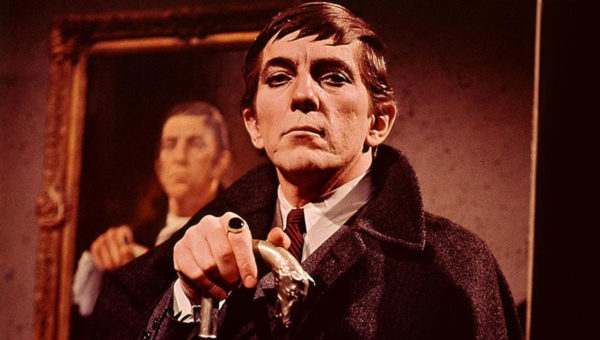
When the series premiered on 27 June 1966, its plotline seemed to revolve around the somewhat muddled mutterings of veteran, down-on-her-heels actress Joan Bennett and newcomer Alexandra Moltke, cast as employer Elizabeth Collins Stoddard, and employee Victoria Winters, rattling around a darkly atmospheric mansion in rural coastal Maine. The show garnered little attention until six months into production, when the first ghosts were introduced, but took off like a rocket in its second season, when Barnabas was released from his coffin and let loose on the locals.
But Barnabas was no ordinary vampire – he had a heart! Whereas most vampires before DS had been portrayed as depraved monsters, incapable of human emotion, Barnabas deprecated his sorry existence, feeling pity and empathy for those upon whom he was forced to feed to survive, and much of the series’ plotline was spent in trying to find his cure. Darkly mysterious, sympathetic but ultimately unapproachable, Barnabas gave and received love, friendship and trust, but found betrayal, suspicion and animosity, and in the process collected scores of panting female fans, caught in the web of his vulnerability and pain.

Why did the show make such a lasting impact on the American psyche? That can best be explained by reference to its “birth chart”, cast for when the show premiered on ABC network at 4 PM EDT, 27 June 1966, in New York, NY (HQ of ABC). With its Sun exactly on the USA Jupiter at 5 Cancer, DS tapped into the well-spring of American story telling: there was a saga there that people could identify with, however alien in appearance to their own circumstances. Its Mars at 20 Gemini was closely conjoined the USA’s own, bringing that latent sexuality to the surface in ways that both the counterculture adherents and traditionalists could relate to. Mars is square to the ongoing union of Uranus and Pluto, then both at 16 Virgo, unleashing a deeper, explosive, unorthodox sexuality blended with mystery, horror and a libertinism reflected at that time in the country at large, as this combination made inroads into the fragmenting social fabric.
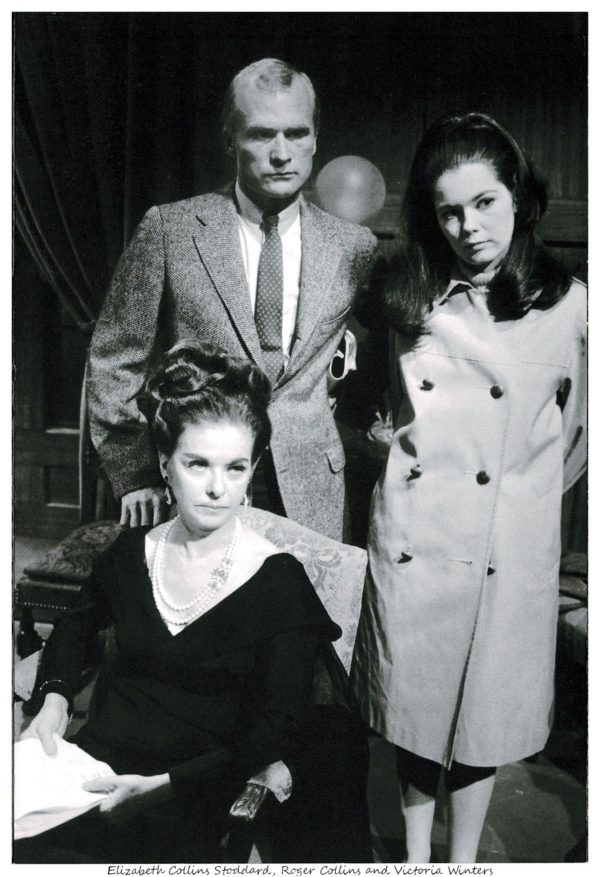
DS’ own Jupiter at 11 Cancer conjoins its Sun, just as the USA’s does, providing more common ground and evoking its expansive saga, sweeping over two centuries. As dual Sun/Jupiter entities, the USA and DS shared a basic ethos or worldview: they were, so to speak, cut from the same story-telling cloth, and in Cancer, that story revolves around family. With the DS Sun conjoined the US Jupiter, and the US Jupiter conjoined the DS Sun, the meshing of the nation’s hunger for a compelling narrative and the series’ ability to produce one was symbiotic.
Of course, the DS chart has much to say in its own right, and as ever, asteroids are pivotal to its story. With asteroid Sphinx at 9 Scorpio rising on the 10 Scorpio Ascendant, we can see DS’ stock in trade – mystery, enigma, a riddle wrapped in a shroud. This was the public face the series presented to its viewers, appropriate for an Ascendant placement. Sphinx is also stationary, having turned direct less than two weeks prior at that degree, and further conjoins the Moon at 5 Scorpio, asteroid Nyx at 1 Scorpio, and asteroid Nemesis at 6. Confirming the show’s popularity, with Moon conjunct Ascendant, DS doubles down on the Scorpionic elements of horror, fear and sexual miasma with this stellium.
Nyx is named for the mythic Greek primordial force of Night, effectively a stand-in here for the “Dark” of “Dark Shadows”, and is also at station, turning direct just three days later. Much of the show’s action occurs at night; even daytime interior sets are darkly lit – there’s very little sunshine in DS, again appropriate for an Ascendant position, in its starkly nocturnal presentation.
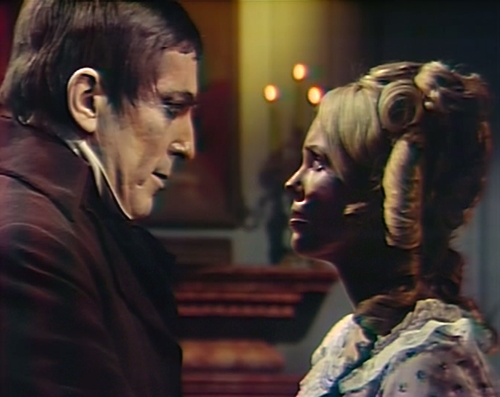
Not to be outdone, asteroid Schadow opposes Moon/Ascendant from 1 Taurus on the Descendant, filling in the last half of the series’ moniker. Having referents for both names angular or prominently placed is not unusual for a living entity, but for a TV show, it’s pretty remarkable!
Nemesis on the Ascendant, also stationary (it turned direct the very day of the premiere) evokes the underlying sense of threat which DS exuded – danger and ruin lurked around every corner, and no one was immune from potential destruction.
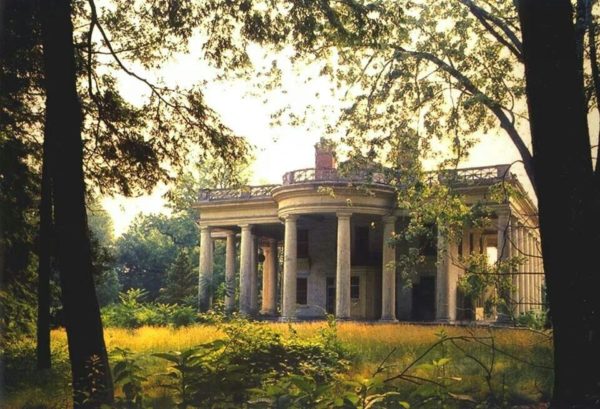
On the hinter side of the Ascendant, widely conjoined it but too broad to be considered part of the planetary stellium, is Neptune at 19 Scorpio, which also exactly squares the Midheaven at 19 Leo. In addition to ruling theatrics and television, Neptune represents the fantasy and spiritual ethos of the show, with its frequent seances, portents, prophecies and that dreamlike quality the series so often evoked, not to mention frequent bouts with insanity from the characters.
Neptune also squares asteroid Darksky at 22 Aquarius on the 19 Aquarius IC, another useful variation for “Dark Shadows”, while on the Ascendant (the show’s “public face”), Neptune contributed to the series’ iconic opening sequence (its “appearance”, as it were), of ocean waves crashing wildly on a rocky shore. The musical score, also Neptune-ruled, was another vital facet of DS, from its haunting opening credit refrain to its many “theme” components, like Josette’s theme and Quentin’s theme. The incidental background music contributed mightily to the sense of mystery and foreshadowing, subconsciously preparing DS’ audience for the “tone” of the sequence to come, or underscoring their probably reaction to what had just occurred.

DS’s gothic atmosphere is depicted by asteroid Gothlandia at 21 Taurus, in square to the 19 Leo MC, while asteroid Gotha at 11 Gemini is semisquare asteroid Collins at 27 Aries and sextile asteroid Wood at 13 Aries, which together identify Collinwood, the family mansion in all its gothic revival glory.
“Dark Shadows” was the brain child of producer/creator Dan Curtis, in collaboration with story editor and head writer Art Wallace. Fittingly, asteroid Curtis at 9 Cancer conjoins the show’s 5 Cancer Sun, while asteroid Wallace at 0 Pisces is trine the Sun and at station, turning direct just two days before the premiere. The emotive backbone of the show was its central theme music, immediately identifiable to fans, and psychologically provocative score, both created by Robert Colbert. Asteroid Colbert at 17 Cancer is trine Neptune at 19 Scorpio, modern ruler of music, and semisquare Venus at 1 Gemini, music’s ancient ruler.
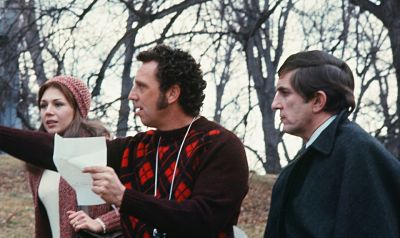
Naturally, asteroids also reflect DS’ cast of those doomed denizens of Collinsport – the witches, vampires, werewolves and ghosts. Hekate was noted in the middle Ages as the goddess of witches and witchcraft, which feature prominently in the show, as does asteroid Hekate in its chart, which at 24 Aquarius conjoins the IC, the show’s foundation, and is also at station, turning direct the day of its premiere. Lilith is named for an obscure Talmudic character, known as Adam’s first wife, who later became queen of the succubus demons, progenitress of vampires. Asteroid Lilith at 19 Leo is an exact match for the series’ MC, giving pride of place to bloodsucker Barnabas Collins, and also semisquare its Sun, making vampirism central to its theme. Close beside at 17 Leo is asteroid Wolff, for the ever-popular werewolf, Quentin Collins (who began his run on DS as a mere ghost, until a bit of time travel propelled viewers back to his 1890s roots and the gypsy curse that made him break out in fur and howl at the moon).

Ghosts of course were DS’ primary commodity (with close to a dozen in featured or secondary roles), and have three referents to portray them in the chart. Asteroid Spector, phonetic match for “specter”, appears at 4 Taurus, conjunct the Descendant, sextile the 5 Cancer Sun and opposed the 5 Scorpio Moon. Asteroid Spirit at 20 Sagittarius is closely trined the 19 Leo MC and opposed Mars at 20 Gemini, for some of the lustiest ghosts you’d ever want to meet! A bit of reverse-engineered linguistics leads us to asteroid Guest, with a root in the German “geist”, meaning “ghost”. At 12 Taurus Guest also conjoins the Descendant and opposes the Moon, as well as being squared the MC.
And what of the characters themselves? Asteroid Collins represents the Collins family en masse, about which the series plotlines revolve; at 27 Aries, Collins is semisextile Saturn at 29 Pisces, the patronym, widely trine the 19 Leo MC (status or place in the world) and broadly opposed the Moon (family heritage) at 5 Scorpio. Elizabeth Collins Stoddard, the head of the clan, is appropriately cast as asteroid Elisabetha, which at 6 Scorpio conjoins the matriarchal Moon and is stationary, as the family’s bedrock figure (turning direct June 21, less than a week before the premiere).
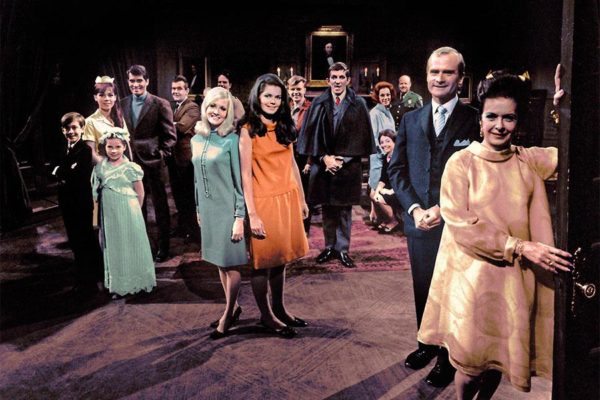
The germ of the saga’s most plot-driving leit motif, the love/hate relationship between 18th Century Barnabas Collins and his cast-off witchy lover Angelique, is reflected in the central placement of asteroids representing them, with asteroid Barney (closest to Barnabas) at 0 Cancer and asteroid Angel (for Angelique) at 9 Cancer, conjoined each other and the DS Sun. Asteroid Angelica at 1 Aries conjoins Saturn (the “heavy” of the plotline) and squares Barney/Sun, showing the conflict between them.
Governess Victoria Winters is seen as asteroid Victoria at 7 Leo, conjoined Mercury, the teacher, at 1 Leo, with asteroid Winters at 1 Taurus exactly squared Mercury. Pivotal recurring characters Carolyn Stoddard and Dr. Julia Hoffman are represented by asteroids Carolyn at 6 Virgo and Hoffman at 5 Virgo, both bisecting the Sun/Moon trine by sextile. Oddly, they often acted as allies on the show. Maggie Evans, played by the same actress who portrayed Barnabas’ love interest Josette Du Pres (for which regrettably there are no PNAs), appears as asteroid Evans, which at 9 Aquarius squares the Moon and is trine asteroid Vampilov at 15 Libra, symbolic of the undead passion which continues to provoke Barnabas’ obsession with modern-day Josette lookalike Maggie. Ghost-child Sarah Collins, the living Barnabas’ little sister, appears as asteroid Sara, which at 18 Scorpio conjoins ethereal, ghostlike Neptune.
Roger Collins and his son David, respectively brother and nephew of the matriarch, are present as asteroids Rogeria at 22 Aries, conjunct asteroid Collins, and Davida at 21 Capricorn, in square; this aspect also describes their strained relationship. (Those additional Collinses, Barnabas and Elizabeth, also connect to the family name, with Barney in sextile and Elisabetha widely opposed.)

Whether at Halloween or any time of year, a quick trip down memory lane to Collinwood makes for a fun and nostalgic outing, especially for Boomers like myself who grew up with the show, and raced home from the bus stop every day so as not to miss a single moment. But as always, whenever the Collins family mansion is involved, enter at your own risk!
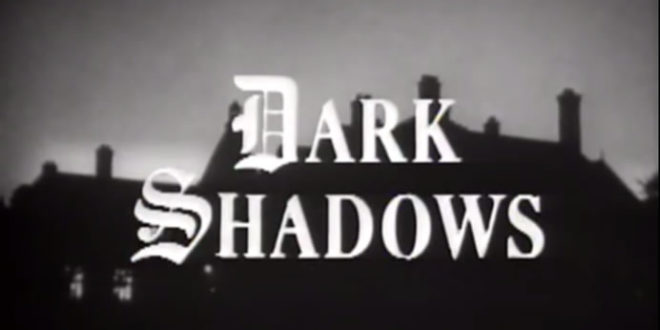
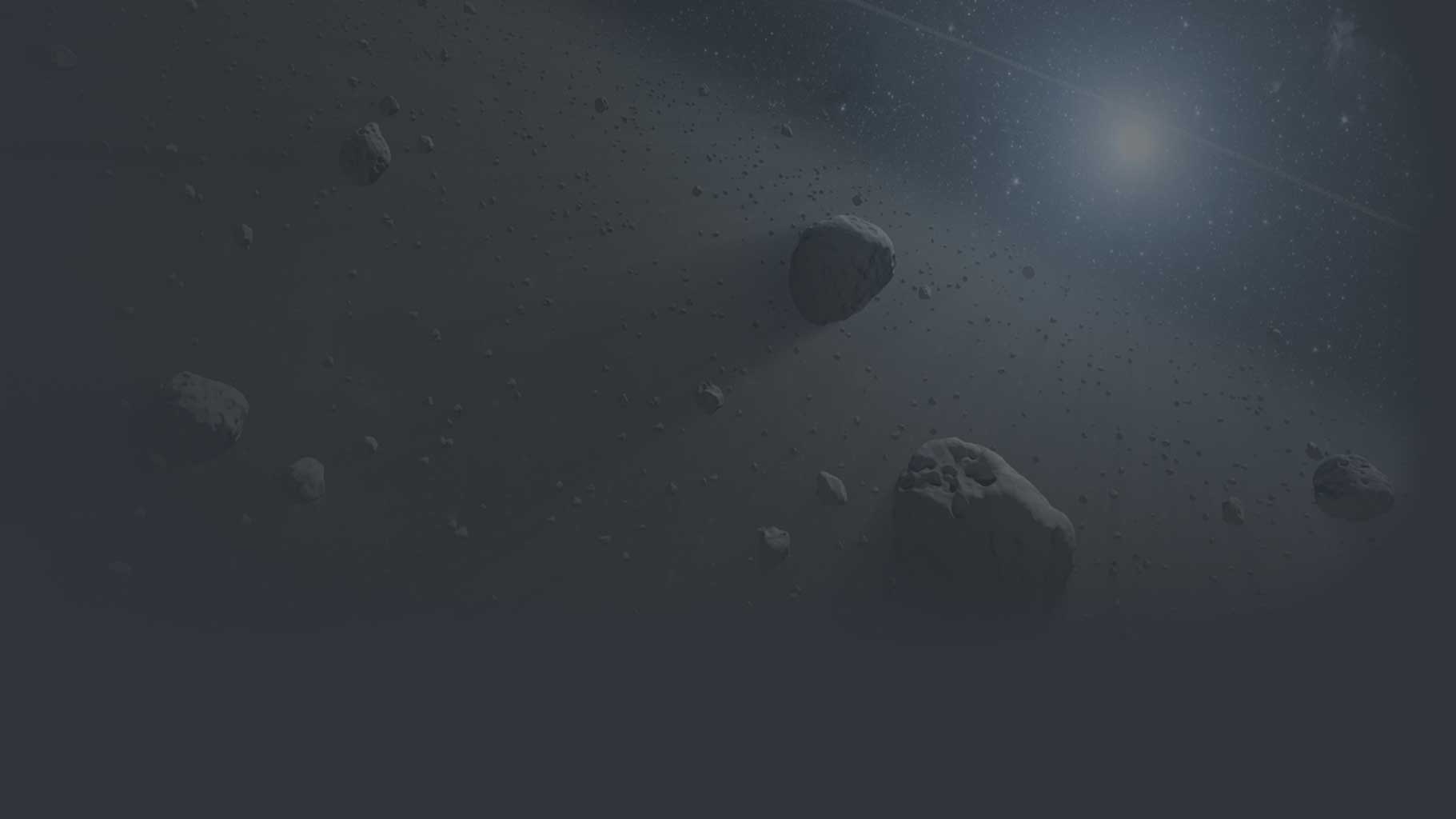
6 comments, add yours.
Tim
Nicely done, it’s good to see such interesting writing. I have to object to the use of minor asteroids in astrology, however. With an average of 300 named asteroids for each degree, many significant names can be found. Looking at the Asc, the Moon, the Sun, Midheaven, that becomes 1200 names. Then if you add a 2 degree orb instead of 1, you now have 2400 names to choose from (with Curtis as mentioned here, a 4 degree orb is used!) It is this kind of astrology that gives a sacred tradition a bad reputation. I hope you address this in your book. Thank you, for a great topic! Nice work.
Alex Miller
Authorwell, that’s a bit of a Jekyll and Hyde response, perhaps appropriate to the season! :^) it kinda comes down to “thank you for your finely crafted but fatuous use of asteroids”, doesn’t it? i have no doubt that if you inserted the names of the full cast and crew into the mix, you’d find those hundreds of asteroids accounted for. why was that particular boom hired, or the prompter, or publicist? who provided the food, or the security? these will fill those slots for additional associated points. but does that make them any less significant? not to the individuals whose lives were directly touched by their participation, based on their interaction with the series chart.
to my mind it just shows the incredible interconnectedness of it all, and the scope of asteroid connection is an asset, not a liability. not a ‘size queen’ myself, i see no reason to reduce an object’s orb based on its inherent mass. once a point is named and in consciousness, it has equal rights. sorry if you feel i defame the profession with my research, i’m just trying to make a contribution and expand awareness of the incredible cohesiveness of the cosmos.
D.Donovan Kinsolving
What a nice mash-up of astrology and Dark Shadows! Very unexpected! I cam a bit late to the show; the early reincarnation/ghost story arc was already finishing up by the time I learned about it. To me, the most impactful arc was the first time-travel story-line. I never thought of Dark Shadows as a soap-opera, and totally denied it when it was called that.
Why don’t any of those spiders nab that fly??
Nora Jean Stone
Love the spiders. My 45 year old son got super creeped out. he he he
lo
My mother’s favorite show in the late ’60s/early ’70s. The theme song alone creeped me out! My grown daughter just freaked out over your spiders! Love your writing for October. Happy Halloween and All Souls Day.
Laurien
OMG, the first spider startled me! My cats were mesmerized though! LOL! Your article is well written, as always, and I wanted to defend your use of asteroids. Sure, there are thousands of asteroids, but there are only ever a small number that are meaningful to the topic at hand. To find them in close configuration with traditional points in the chart and each other is always mind-blowing. I agree that they not only give us more information about a chart but tell us something about how the world works; as you say, Alex, they demonstrate the incredible interconnectedness of everything in our universe. Keep shining a light on the use of asteroids, Alex. You are making an important contribution to astrology!